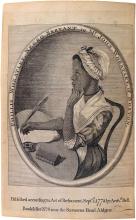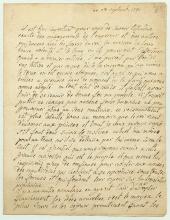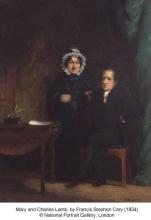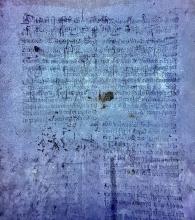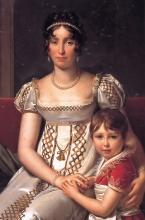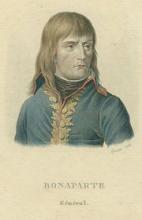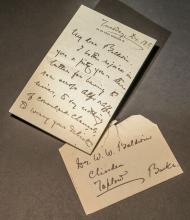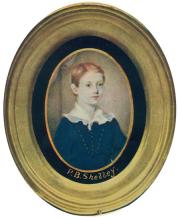Making Visible the Invisible: The Morgan Library & Museum Printed Books BIPOC Checklist Project
Submitted by Sam Mohite on Mon, 02/26/2024 - 4:00pmThis Black History Month at the Morgan Library & Museum, I introduce my fellowship project as a Belle da Costa Greene Curatorial Fellow. The project goal is a daunting one: to find and organize a comprehensive checklist of creators with Black, Indigenous, and other marginalized identities represented within the Morgan’s Printed Book collections.

